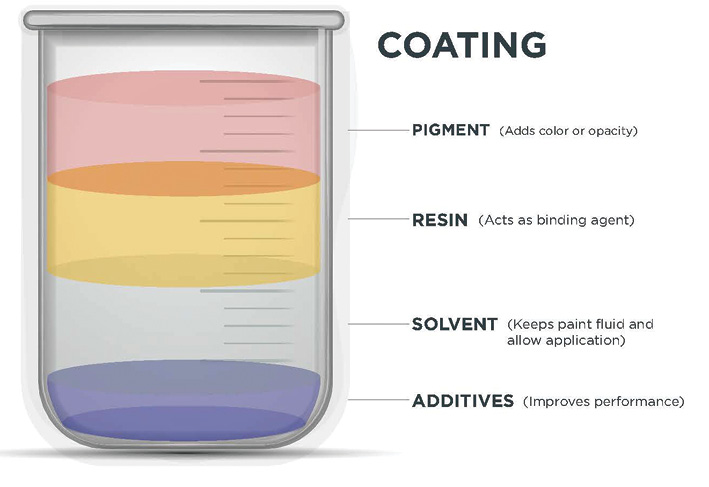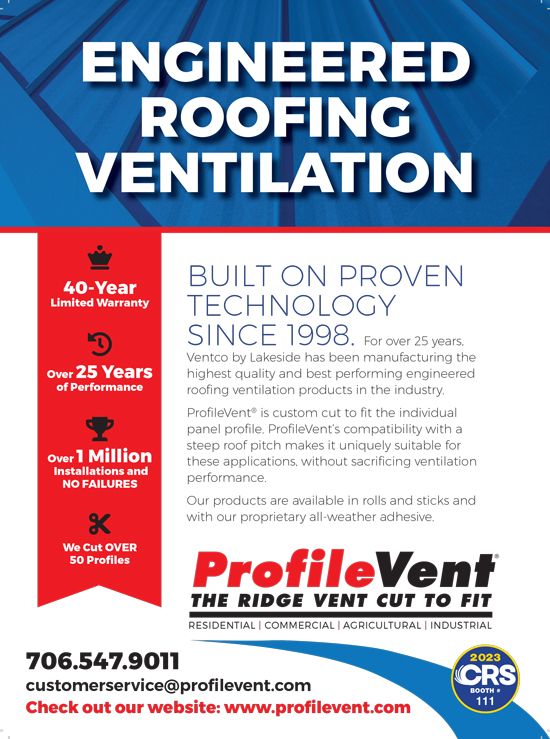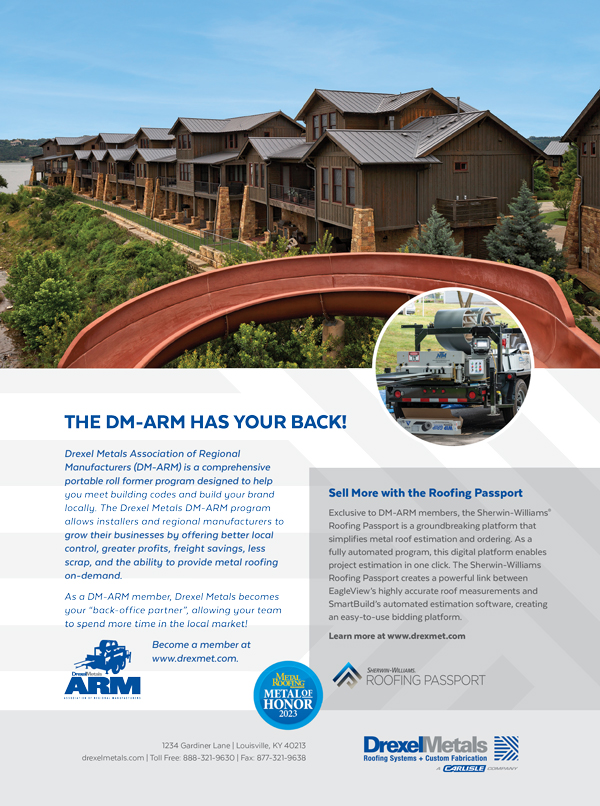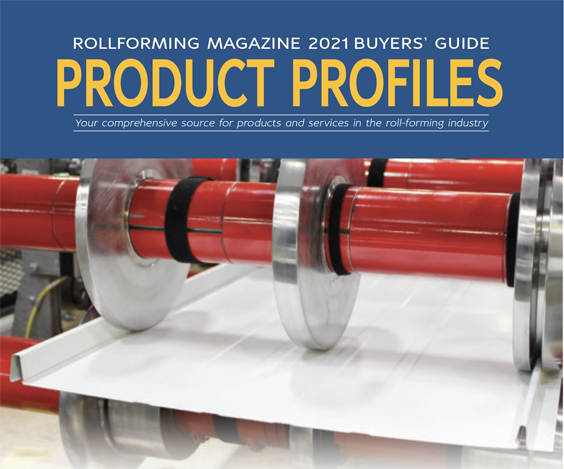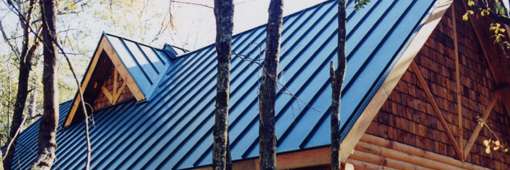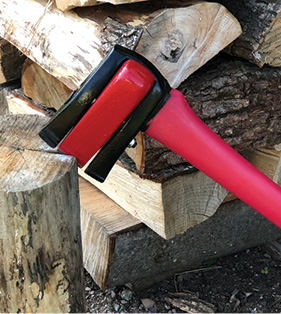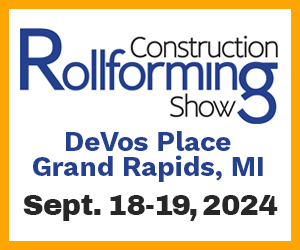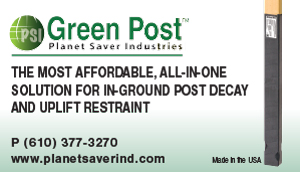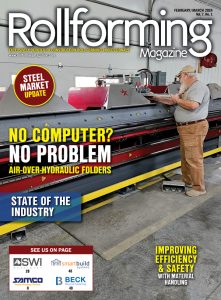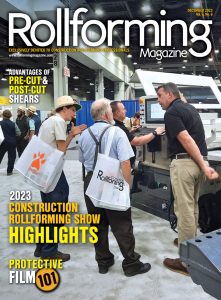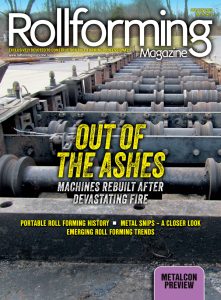■ By Drew Waldroup, Account Manager, Sherwin-Williams Coil Coating
The quality of coil coatings can never be underestimated when it comes to satisfying the needs of your trim and panel customers.
In this article we’ll take a look at:
1) Why we paint,
2) How coatings are made,
3) How it is applied to the substrate, and
4) How it is tested.
Before we start, an explanation about the distinction between paints and coatings; there is a difference. Simply put, paint is for aesthetics, and coating is for performance.
Paint can be applied to a variety of surfaces using many different application methods. While there are some protective qualities that come with painting, this is not the real purpose of paint (e.g., drywall can still be damaged by water, etc.).
Coatings are formulated specifically to protect the substrate and withstand, in this case, extreme weather conditions and maintain the aesthetic beauty of the metal building products.
Pre-painted metal in this article will refer, nonetheless, to metal that has been both coated and painted. The advancement of coating formulations offers not only protection but also a wide variety of design options that include a full range of color and texture possibilities.
Why We Paint
A lot of times people think it’s just for color or aesthetics. Coatings in fact satisfiy a multitude of purposes, including protection, decoration, and in the case of solar reflective coatings, energy savings.
What Is in A Coating?
It’s important to understand the ingredients of a coating and what role they play in the overall system. There are four parts to every coating: pigment, resin, solvents, and additives.
• Pigments supply the color and opacity to hide the substrate and to achieve nice even color across the entire surface.
• Resins are the “glue” or “binder” that hold the coating together and impart the majority of the performance properties of the coating.
• Solvents are the “thinner” that make the pigment and resin easier to apply and provide application properties that result in a nice smooth surface.
• Additives are added to the formulation in very small quantities to provide special characteristics such as texture, abrasion resistance, and more.
When you’re first working on a new project or metal building product and begin selecting materials, metal coatings may not be the first product that comes to mind. While these coatings can be similar to the thickness of a strand of hair when applied, they are actually extremely important because they protect the exterior of the building from weathering and provide the color that you are looking for to make a lasting impression with your building or brand.
Let’s take a deeper look into the elements of a coating. Pigments are tiny particles of color that are blended according to specific formulations. Pigments not only add color, they can also provide opacity to hide the substrate and they can improve corrosion resistance. Your color selection will determine if organic or inorganic pigments—or both—are needed.
Organic pigments are carbon based and can produce vivid, bright colors like blue, green, yellow, and red. They are not UV stable as a result. Inorganic pigments are mineral based and often made from metal oxides. These pigments have superior color stability. They typically produce more neutral or earth-toned colors. Often the term “solid color” is used, which simply means that the color is uniform across the surface.
There are also special-effect pigments such as mica/metallic, color-shifting and solar reflective.
• Mica/metallic effects: In addition to solid colors, there are coatings with a pearlescent shimmer also available that offer a different aesthetic. Mica and metallics are a blend of mica and aluminum pigmentation that add varying degrees of sparkle to the surface to produce a metallic luster look. Nearly all automotive finishes utilize a metallic effect, and pre-painted metal building products can do the same.
• Color-shifting effects: Coated flakes are added to the coating formulation that cause a color shift due to light reflectivity. Color-shifting pigmentation works when viewed from different angles or under changing light sources. There is a wide range of color shifts that can be achieved, from a dramatic shift from red to a green to a more subtle shift from white to cream. As with mica/metallics, color shifting is well known in the automotive industry and becoming more popular in architectural products.
• Solar reflective pigments have been altered both physically and chemically to reflect infrared radiation while still absorbing the same amount of visual light. Certain pigments reflect light better than others, mainly used on metal roof panels and referred to as “cool roof” coatings. A cool roof is one that reflects the heat emitted by the sun back into the atmosphere, keeping the temperature of the roof lower and thereby reducing the amount of heat transferred into the building below, resulting in a cooler building, which means less energy used and lower energy bills.
The resin is arguably the most important ingredient in the coating system because it determines the overall performance of the coating. As such, coatings are generally described by using the name of the type of resin used. There are three primary resin-based coating systems used for finishing metal building products; Polyester, Siliconized Modified Polyester, and 70% PVDF. Each is discussed as follows.
• Polyester: From good weathering, flexibility, hardness to corrosion-resistance, this coating can be tailored with a combination of properties making it an excellent multi-purpose coating. Typical uses include interior liner panels, doors, and trim to exterior rainware, window cladding, and so much more.
• Silicone modified polyester (SMP): Offers a harder surface, better color retention, and better weather resistance than polyester. Sherwin-Williams Coil Coatings uses the trade name WeatherXL™. This is probably our biggest product line in the ag business. It’s one of our biggest bread-and-butter items. We offer a smooth finish, and in recent years a product we call WeatherXL Crinkle Finish; it has a textured finish and it has become a very popular product, especially for roofs.
• Polyvinylidene difluoride (PVDF): This is the most widely specified coating system for architectural projects; metal roof and wall panels. Sherwin-Williams Coil Coatings PVDF coatings, Fluropon®, represent a significant advancement in coating technology with superior weathering characteristics. They have long been recognized for their excellent chalk and fade resistance and are flexible in nature, allowing for the forming of a wide variety of shapes. Adding to their appeal, PVDF coatings are available in a wide selection of colors. They are also commonly known as 70% PVDF coatings. It is important to understand that the percentage in 70% PVDF represents just the resin, and not 70% of the entire coating. The remaining 30% in the resin is comprised of acrylic.
Solvents comprise the majority of the total coating system and is where the volatile organic compounds, or VOCs, can be found. During the baking process, these VOCs burn off and are captured and the energy is converted to support the manufacturing process. This aspect of a factory-applied finish means that it does not emit any harmful toxins or off-gasses into the atmosphere as a result. When the solvent evaporates, the resin binds the pigment/color and additives.
Specific to the application, additives are used for processing pigments within the film, for flow and smoothness, for regulating the rate of the cure, and for enhancing the coating’s hardness, gloss, mar resistance, and other performance attributes.
How A Coating Is Applied To Metal Substrate

Coil coatings are applied in a factory, in a continuous process, to flat sheets of metal, typically hot-dip galvanized steel, Galvalume or aluminum, and then fabricated into various building products. A coating system is made up of several layers.
The process of applying the coating begins with a coil-coating facility that receives coils of steel or aluminum in the desired size and thickness/gauge. The coil(s) are placed into a processing sequence where the metal is first unrolled, accumulated, and readied for further processing. Both sides of the core metal are then cleaned and receive a chemical conversion coating. When the metal is dried, it is then primed on both sides by passing through a coater and a curing oven. When ready, it continues on to a finish coater—the exposed side receiving a finish top coat, and the concealed side receiving a backer coat. Typically, the primer and finish coats of the exposed side of the metal are thicker than the coats of the concealed side of the metal.
Keep in mind that the entire process is of massive scale—most coil coating lines are the length of a football field and the line is running at a very high speed of up to 700 feet per minute. Once the coating has cured, the metal is re-coiled and sent to the component manufacturer to create the end metal building product.
How Coatings Are Tested
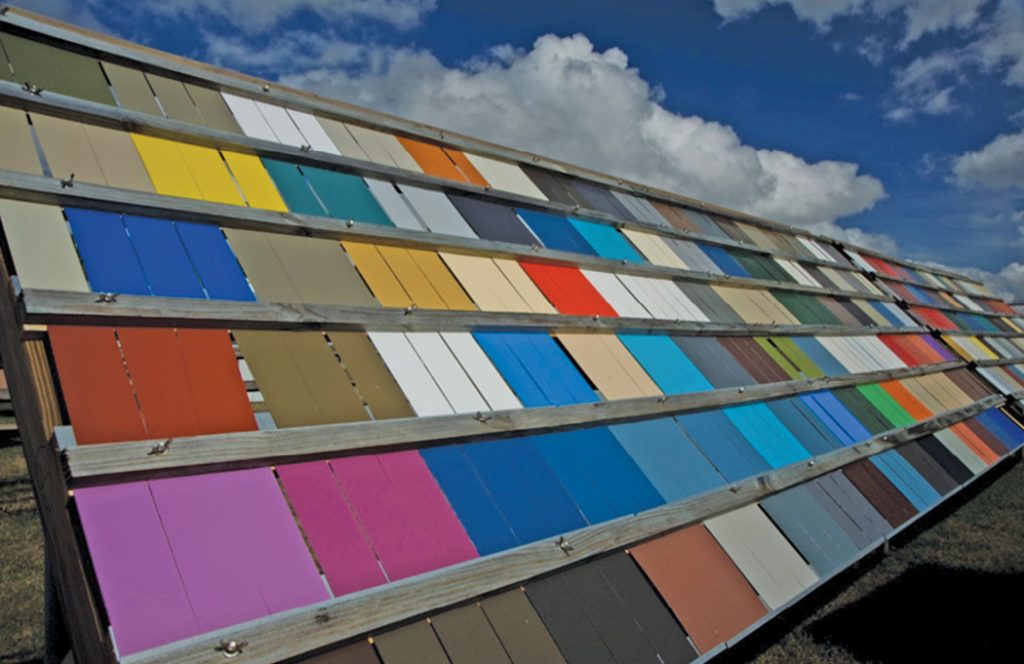
The impact of weather varies greatly depending upon the location of the project. This is because the coatings must be formulated with the local environment top of mind. Is it a northern climate? Is it in a coastal zone and subject to salt spray? The right coating formulation is of critical importance to coating performance.
Coatings manufacturers test their coatings to understand how they will perform over time. The two main types of testing are Natural Exposure testing and Accelerated Weathering Cabinet testing.
An example of natural exposure testing is shown here. This is Sherwin-Williams Coil Coatings A2LA testing facility in Ft. Myers, Florida where 150,000 panels over 2.5 acres are exposed at a 45 degree angle facing the harsh South Florida sun. This is an ideal location because the high UV exposure, humidity, temperature, and salt-spray conditions are so extreme. The panels are routinely monitored over time to ensure performance including color and gloss retention. This test fence has been in place since 1968 so there is plenty of data to support performance findings.
But new, innovative coatings couldn’t be introduced if we had to wait 52 years. So, special environmental cabinets and instruments are used to speed up the weathering process and measure its effects under extreme conditions: heat, cold salt spray, and humidity. The accelerated weathering cabinets duplicate the results of long term outdoor environmental testing using chemicals and laboratory tools to see in just hours what years of exposure would do in the field. This testing is most useful in the development states of coatings to test various ingredients when formulating to see which ones will be the best choice for a particular coating.
While accelerated weathering cabinets are a key resource when developing and reporting to industry associations, nothing provides better results than natural exposure to the sun, heat, and moisture, even if it takes years. Sherwin-Williams Coil Coatings is continually testing and collecting data on our products. We focus on what matters—a coating system that can last the test of time.
The result is better coating formulas, better color retention, longer life.
There are a number of factors that come into play when selecting the best coating for your project or product needs. The most important takeaway here is that you work with your coatings representative to ensure you’re selecting the right system for your needs. That includes geographical location, the color selected and the end use application.
For more information on Sherwin-Williams Coil Coatings visit www.coil.sherwin.com. RF
Originally published as “Coatings: It’s More Than Surface Deep” Winter 2020 Rollforming Magazine.


